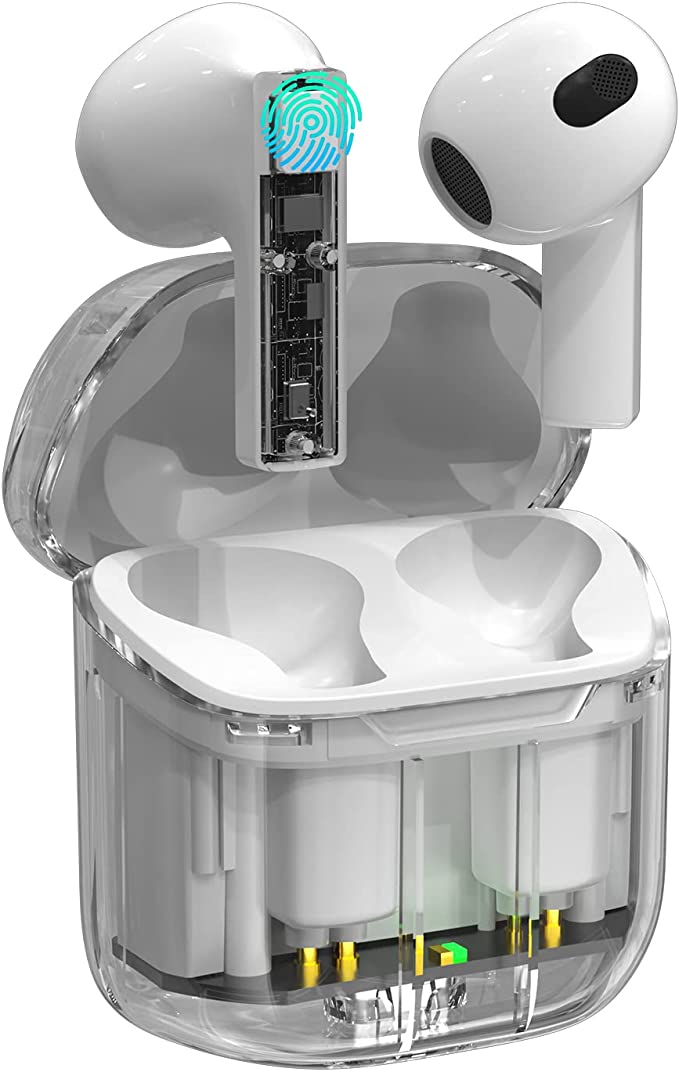The Vertical Stage: Engineering Height with the OXS S5 3.1.2 Soundbar
Update on Nov. 24, 2025, 9:33 a.m.
For decades, home theater sound was a two-dimensional affair. Stereo gave us width (left to right), and 5.1 surround gave us depth (front to back). But the real world is three-dimensional; rain falls from above, birds chirp in trees, and planes soar overhead. Traditional speakers, anchored to the floor or walls, struggled to recreate this “Z-axis” of sound.
Enter Dolby Atmos, a technology that treats sound as independent objects rather than fixed channels. To render this, you typically need speakers bolted to your ceiling. But for most people, that is structurally or aesthetically impossible.
The OXS S5 Soundbar offers a physics-based workaround: Virtual Height. By employing a 3.1.2 channel architecture with dedicated up-firing drivers, it turns your ceiling into a functional part of your audio system. To understand how a compact bar can fill a room vertically, we must look at the geometry of reflection and the mechanics of integrated bass.

The Geometry of Reflection: The “.2” in 3.1.2
The defining feature of the S5 is the two circular openings on its top surface. These are the Up-Firing Drivers. Unlike the front speakers that aim at your ears, these aim at the ceiling at a precise angle.
- The Acoustic Mirror: Sound waves behave like light beams; the angle of incidence equals the angle of reflection.
(Note: While this tag shows interference, imagine it representing the reflection path). The S5 projects a focused beam of sound upward. It bounces off the ceiling and travels down to the listening position. - Psychoacoustics: Because the sound wave arrives at your ears from above, your brain interprets the source as being overhead. This creates the illusion of a “Sound Dome,” allowing you to hear a helicopter hovering above you without a single wire running up the wall.
Note: This effect relies on a flat, reflective ceiling. Vaulted or acoustic-tiled ceilings effectively “absorb” or scatter the beam, breaking the illusion.

The Physics of Compact Bass: The Integrated Subwoofer
Most soundbars come with a separate, bulky subwoofer box. The S5 integrates the subwoofer inside the main bar. This presents a massive engineering challenge: Hoffman’s Iron Law, which states you can’t have deep bass, small size, and high efficiency all at once.
The S5 tackles this with a Ported Enclosure Design. * Airflow Management: By carefully designing the internal port (the hole that lets air escape), engineers tune the resonant frequency of the cabinet to boost lower octaves. * Driver Excursion: The internal woofer likely has a high-excursion surround, allowing it to move more air than a standard driver of its size.
While it won’t shake the floor like a 12-inch external sub, this design provides the necessary “body” to voices and “thump” to explosions (down to 55Hz) without the footprint of a separate box. It is an exercise in spatial efficiency.

The Data Pipeline: HDMI eARC
Dolby Atmos is data-heavy. It contains precise metadata about the location of every sound object. Standard optical cables or old HDMI ARC connections lack the bandwidth to carry this uncompressed stream.
The S5 features HDMI eARC (Enhanced Audio Return Channel). This is a high-bandwidth pipe that connects directly to your TV. It ensures that the delicate spatial cues—the phase information that tells your brain “that sound is 30 degrees to the left and 45 degrees up”—arrive at the DSP (Digital Signal Processor) intact. Without eARC, the Atmos signal would be compressed, flattening the 3D bubble back into a 2D plane.

Conclusion: Immersion Through Geometry
The OXS S5 proves that you don’t need a dedicated theater room to experience spatial audio. By leveraging the geometry of your living room—specifically your ceiling—it expands the soundstage into the vertical dimension. It is a smart, physics-based solution for the modern home, where space is at a premium but immersion is non-negotiable.






























